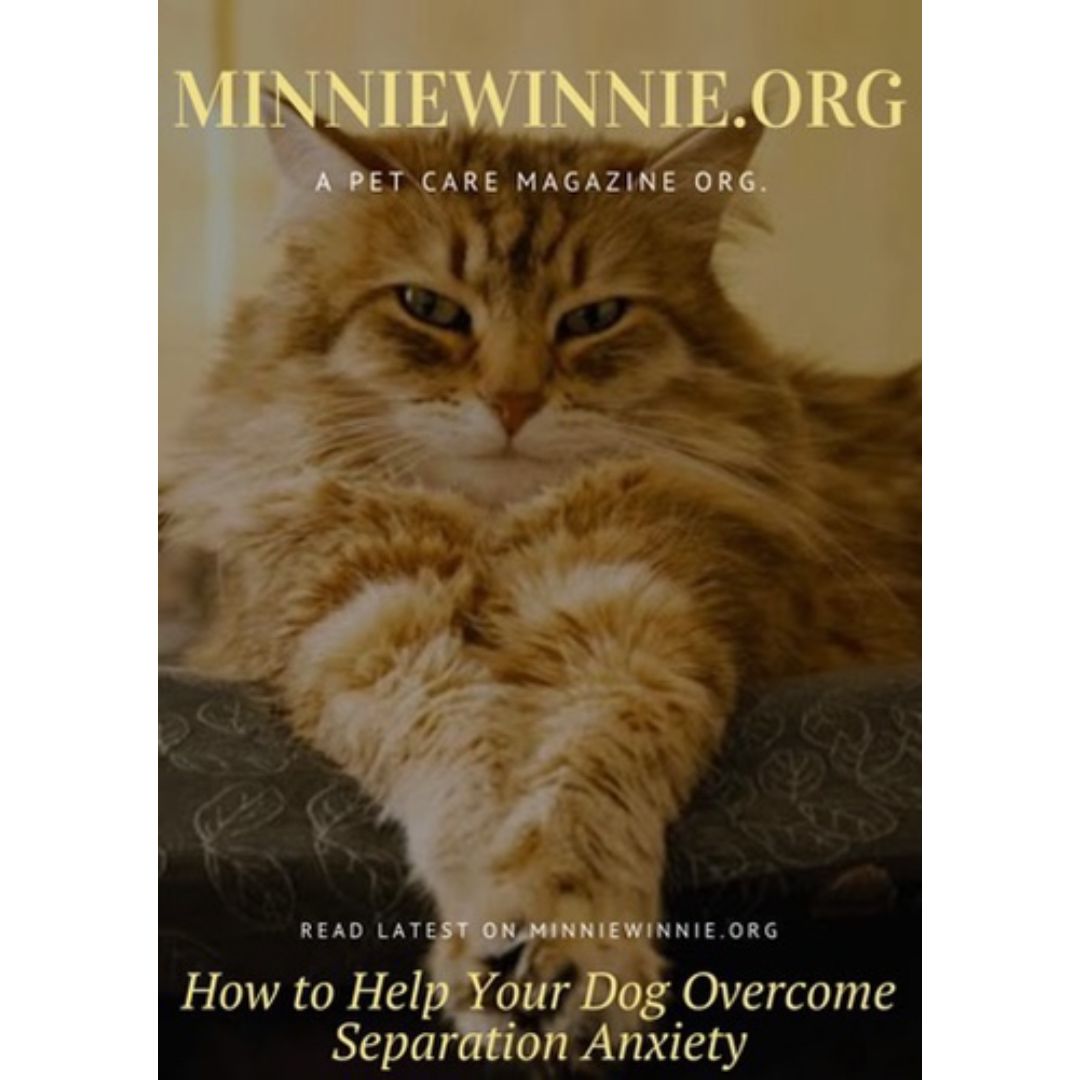How to Help Your Dog Overcome Separation Anxiety
Separation anxiety in dogs is a common and distressing condition that affects many pets and their owners. When a dog experiences separation anxiety, they may exhibit behaviors such as excessive barking, destructive chewing, or even attempts to escape when left alone. Understanding the causes and implementing strategies to alleviate this anxiety can significantly improve your dog’s well-being and your peace of mind. Here’s how you can help your dog overcome separation anxiety.
1. Understand the Signs of Separation Anxiety
Before addressing separation anxiety, it’s important to recognize the symptoms. Common signs include:
- Excessive barking or howling when left alone.
- Destructive behavior, such as chewing furniture, digging, or scratching doors and windows.
- Pacing in a fixed pattern or in circles.
- Urinating or defecating indoors despite being house-trained.
- Attempting to escape from confined areas when alone.
- Drooling, panting, or trembling when you prepare to leave.
These behaviors are not acts of disobedience but rather signs of distress. Recognizing them early allows you to take proactive steps to help your dog.
2. Gradual Desensitization
Gradual desensitization involves slowly getting your dog accustomed to being alone. Start by leaving your dog alone for short periods and gradually increase the duration as they become more comfortable. Here’s how you can begin:
- Practice Short Departures: Leave your dog alone for a few minutes and then return. Gradually extend the time you are away.
- Ignore Excited Behavior: When you return, avoid overly excited greetings. Calmly acknowledge your dog only after they have settled down.
- Vary Your Routine: Dogs can pick up on cues that signal your departure, such as picking up keys or putting on shoes. Try varying your routine so these actions don’t become anxiety triggers.
3. Create a Safe Space
Creating a designated safe space for your dog can help them feel more secure when left alone. This could be a crate, a specific room, or a cozy corner where they feel comfortable. Ensure this space is filled with familiar items, such as their bed, favorite toys, and a piece of clothing with your scent.
- Use Crate Training: If your dog is crate-trained, the crate can serve as a safe haven where they feel secure. Never use the crate as a form of punishment; it should always be associated with positive experiences.
- Leave Comfort Items: Placing a piece of your clothing in the safe space can provide comfort, as your scent can be soothing to your dog.
4. Provide Mental and Physical Stimulation
A well-exercised dog is less likely to suffer from separation anxiety. Regular physical activity and mental stimulation can help reduce anxiety by tiring out your dog and preventing boredom.
- Daily Exercise: Ensure your dog gets enough physical activity through walks, playtime, and other forms of exercise. A tired dog is less likely to be anxious when you leave.
- Interactive Toys: Provide toys that challenge your dog’s mind, such as puzzle feeders or treat-dispensing toys. These can keep them occupied while you’re away and help distract from your absence.
- Training Sessions: Incorporate training sessions into your daily routine. Training not only provides mental stimulation but also strengthens your bond with your dog, making them feel more secure.
5. Establish a Consistent Routine
Dogs thrive on routine. A consistent schedule for feeding, walks, and playtime can help reduce anxiety by creating a predictable environment. When your dog knows what to expect, they may feel less stressed about your departures.
- Set Regular Times: Try to leave and return home at the same times each day. If you have an unpredictable schedule, use cues like turning on calming music or giving a special toy that signals you’ll be back soon.
- Stick to the Routine: Even on weekends or days off, maintain your dog’s routine as closely as possible to avoid confusion and anxiety.
6. Avoid Punishment
Punishing your dog for behaviors related to separation anxiety can worsen the problem. Dogs do not understand punishment after the fact, and scolding them for something they did while you were away can increase their anxiety. Instead, focus on positive reinforcement and reward calm behavior.
7. Use Calming Aids
There are several calming aids available that can help reduce your dog’s anxiety. These include:
- Calming Treats or Supplements: Some treats contain ingredients like L-theanine, chamomile, or valerian root, which can help soothe anxiety.
- Pheromone Diffusers or Collars: Products like Adaptil release synthetic pheromones that mimic the calming scent a mother dog emits, helping to calm your dog.
- Calming Music or White Noise: Playing soft music or white noise can mask outside sounds that might trigger anxiety and create a calming environment.
8. Consult a Professional
If your dog’s separation anxiety is severe and not improving with basic interventions, it may be time to consult a professional. A veterinarian, certified dog trainer, or animal behaviorist can provide personalized guidance and may recommend behavior modification techniques or, in some cases, medication.
- Behavior Modification Therapy: A professional can guide you through specific exercises designed to reduce anxiety.
- Medication: In some cases, a veterinarian may prescribe anti-anxiety medication or natural supplements to help manage your dog’s anxiety, particularly during the initial stages of behavior modification.
Conclusion
Helping your dog overcome separation anxiety requires patience, consistency, and understanding. By gradually desensitizing your dog to your absence, creating a safe and stimulating environment, and using positive reinforcement, you can significantly reduce their anxiety and improve their quality of life. Remember, overcoming separation anxiety is a process, and with time and dedication, your dog can learn to feel comfortable and secure, even when you’re not home.










